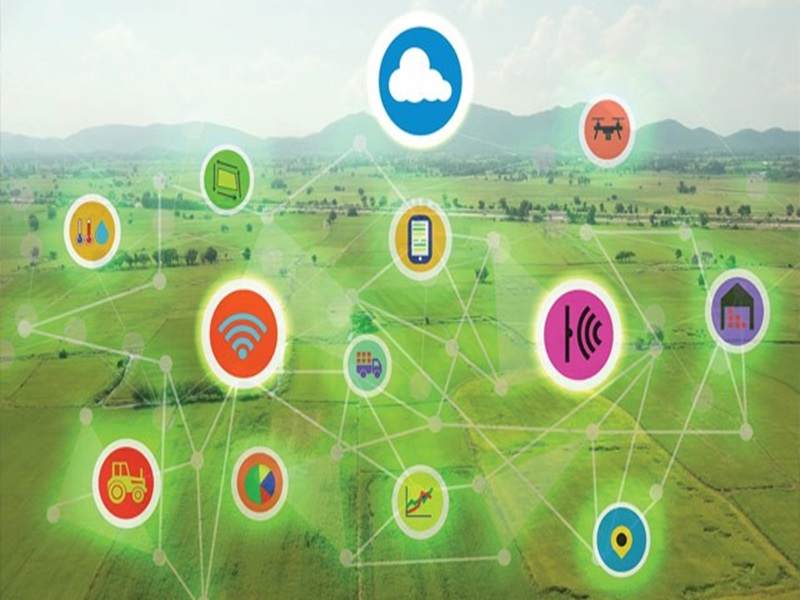Digital Twin definition
A Digital Twin is a virtual representation of an object or system that spans its lifecycle, is updated from real-time data, and uses simulation, machine learning, and reasoning to help decision-making. A digital twin is, in essence, a computer program that uses real world data to create simulations that can predict how a system will react under various forcings and conditions. For example, real data about different aspects of the physical object or the system being studied related to its states and conditions (e.g., weather conditions, water abstractions or storages, inputs, and more) can be relayed to the digital copy. Once informed with such data, the virtual model can be used to run simulations, study performance issues, and generate possible improvements, all with the goal of generating valuable insights, which can then be applied back to the original physical object or system.
The main difference of digital twins vs. simulations are the following. Although simulations and digital twins both utilize digital models to replicate a system’s various processes, a digital twin is actually a virtual environment, which makes it considerably richer for study. The difference between digital twin and simulation is also a matter of scale: While a simulation typically studies one particular process, a digital twin can itself run any number of useful simulations in order to study multiple processes. Furthermore, simulations usually don’t benefit from receiving real-time data. In contrast, digital twins are designed around a two-way flow of information that first occurs when object/system sensors provide relevant data to the system processor and then happens again when insights created by the processor are shared back with the original source object/system. By having better and constantly updated data related to a wide range of areas, combined with the added computing power that accompanies a virtual environment, digital twins are able to study more issues from far more vantage points than standard simulations can, with greater ultimate potential to improve insights and decisions.
.



